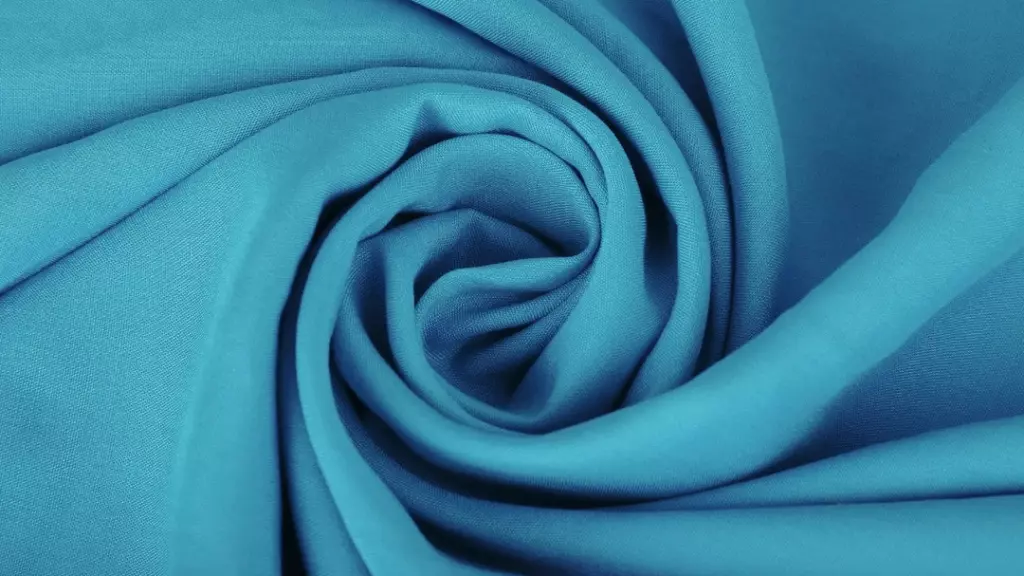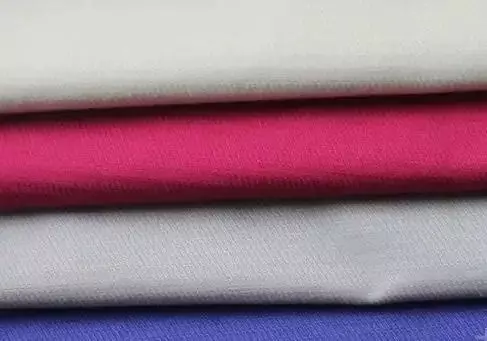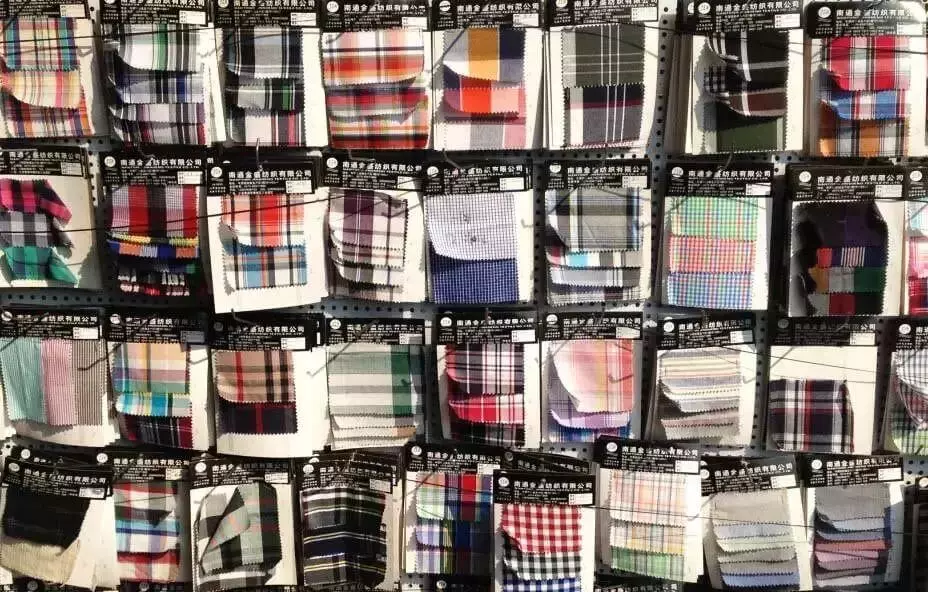About Us
Polyester and cotton polyester
Release time:
2025-03-13 10:22
What kind of fabric is cotton polyester?
Cotton-polyester and polyester-cotton fabrics often appear on the labels of our shirts, and they are both cotton and polyester blends. So what kind of fabric is cotton polyester? What are the similarities and differences between cotton and polyester fabrics? Now let’s get to know each other.
Polyester-cotton refers to polyester-cotton blended fabrics, which are mainly composed of polyester. Polyester-cotton blended fabrics are mainly composed of polyester and are woven from 65%-67% polyester and 33%-35% cotton blended yarns. , Polyester cotton commonly known as cotton is really good.

Features of polyester cotton:
It not only highlights the style of polyester, but also has the advantages of cotton fabrics. It has good elasticity and wear resistance in dry and wet conditions, stable dimensions, small shrinkage, and has the characteristics of straightness, not easy to wrinkle, easy to wash and fast drying. Do not use high temperature ironing and soaking in boiling water.
Disadvantages of polyester cotton:
The polyester fiber in the polyester-cotton is a hydrophobic fiber, which has a strong affinity for oil stains and is easy to absorb oil stains. Moreover, it is easy to generate static electricity and absorb dust during the wearing process. It is difficult to wash, and it cannot be ironed at high temperature and soaked in boiling water.
Classification of polyester cotton:
Customers who often buy shirts know that the fabrics of many shirts are marked with polyester-cotton or cotton-polyester. “Polyester-cotton” and “cotton-polyester”, the order of the two words changed into two different fabrics. “Polyester-cotton” fabric means that the composition of polyester accounts for more than 60%, and the composition of cotton is less than 40%; “cotton polyester” is the opposite, which means that the composition of the surface is more than 60%, and the composition of polyester is less than 40%.

Color fastness
Color fastness, also known as color fastness, color fastness. Refers to the resistance of the color of textiles to various effects during processing and use.
The fastness rating is based on the discoloration of the sample and the staining of the undyed backing fabric. Textile color fastness testing is a routine testing item in the intrinsic quality testing of textiles.
Textiles will be subjected to various external effects such as light, washing, ironing, perspiration, friction and chemicals during their use. Some printed and dyed textiles are also subjected to special finishing processes, such as resin finishing, flame retardant finishing, sand washing, grinding. wool, etc., which requires the color and luster of printed and dyed textiles to maintain a certain fastness.
color fastness
Color fastness is referred to as color fastness; the color of colored fibers, fabrics or other coloring matters is subject to the resistance to various corrosion effects such as sunlight, washing, friction, and perspiration during processing and use.
For the rating of color abundance, except for the fastness to light, which is R-level, the others are 5-level. The higher the grade, the better the color fastness. There are two kinds of leather measurement methods: fading (the color change of the leather itself) and staining l contamination of the contact.
The fading test is the color difference between the leather sample and the untreated test sample after the leather sample is treated according to the specified conditions, and is compared and graded with a standard gray sample card. The staining test is to touch the sample with the standard white cloth according to the specified conditions, and the degree of color transfer and staining of the white cloth by the sample is determined.
Color fastness
Garments composed of different colored parts sometimes migrate from one area to another during storage, usually from dark parts to light parts. This phenomenon is different from sublimation because it is at low It is carried out at sublimation temperature, and this phenomenon also occurs with non-sublimation dyes. It is mainly reflected in the migration of chemical fiber fabrics such as polyester, as well as other raw materials.
Color transfer is mainly due to two reasons: First, the transfer of dyes, especially the floating color of dispersed and reactive dyes and the dyes released from the migration in fibers, may dye the fibers on the surface of another sample; especially The dyeing of a dark color to a light color, thereby staying on the surface of another sample in a granular, embossed form. The second is that the fibers fell off under the action of friction and were transferred from one sample to another.
Polyester is a synthetic fabric that does not easily wick away sweat. It feels thorny to the touch, and it is easy to generate static electricity, and it looks bright when it is tilted.

Polyester-cotton blended fabric is a variety developed in my country in the early 1960s. The fiber has the characteristics of crisp, smooth, quick-drying and wear-resistant, and is deeply loved by consumers. At present, the blended varieties have been developed from the original ratio of 65% polyester and 35% cotton to 65:35, 55:45, 50:50, 20:80 and other blended fabrics in different proportions. The purpose is to adapt to different levels. consumer demand.
Related News
Zhenfu Knitting Machine Co., Ltd. Shishi exhibited at the ITMA ASIA + CITME 2024 exhibition held at the National Exhibition and Convention Center in Shanghai, China from October 14 to 18, 2024.
On November 4, Zhang Xia, deputy commander of the third division of the Xinjiang Production and Construction Corps, and Qiu Yongfeng, member of the Standing Committee of the Municipal Party Committee, and others visited our company for research.
ZHENFU KNITTING MACHINE CO., LTD. SHISHI Makes a Strong Impression at CAITME 2024
The 15th Anniversary Central Asian International Textile Machinery Exhibition (CAITME 2024) is currently underway at the Uzexpocentre NEC in Tashkent, Uzbekistan, from September 11 to 14, 2024.
Zhenfu Knitting Machine Co., Ltd. Shishi

Email: lin@china-hanma.com
lois@china-hanma.com

Add: No. 18 Xinfu Road, High-tech Zone, Xiangzhi Town, Shishi City, Quanzhou City, Fujian Province, China
Copyright©2024 Zhenfu Knitting Machine Co., Ltd. Shishi SEO Privacy Policy
Powered by 300.cn
